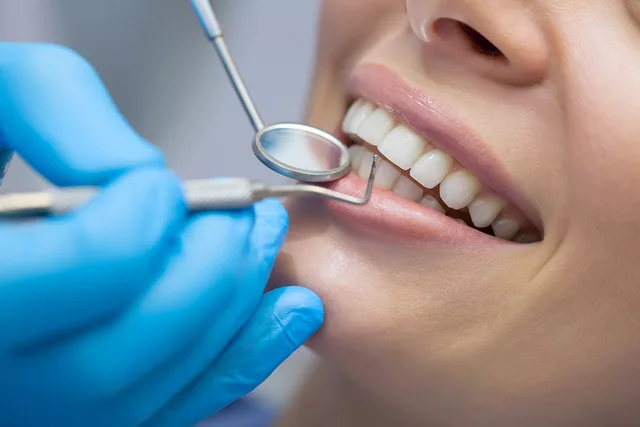eflornithine: Uses, Dosage, and Safety Guide
When working with eflornithine, an ornithine decarboxylase inhibitor used for parasitic infections and hair reduction. Also known as DFMO, it is a critical drug in both infectious disease and cosmetic dermatology. It is a cornerstone treatment for African sleeping sickness, a severe disease caused by Trypanosoma brucei parasites and the active ingredient in creams for facial hirsutism, helping reduce unwanted facial hair. The drug eflornithine works by blocking a key enzyme that parasites need to multiply.
Key facts about eflornithine
At its core, eflornithine inhibits ornithine decarboxylase, the enzyme that drives polyamine production. Polyamines are tiny molecules parasites use to build DNA and cell membranes, so cutting them off stalls growth. This mechanism makes eflornithine a prime example of a targeted antimicrobial: eflornithine blocks a parasite‑specific pathway, while human cells can rely on alternative routes, limiting toxicity.
For African sleeping sickness (stage 2 disease), the drug is given intravenously or intramuscularly at 100 mg/kg every six hours for 14 days. This high‑frequency schedule keeps blood levels steady enough to wipe out the parasite in the central nervous system. Clinical trials show cure rates above 90 % when combined with nifurtimox, a regimen the WHO lists as first‑line therapy. Patients need monitoring of liver enzymes and renal function because the drug is cleared mainly by the kidneys.
In dermatology, eflornithine appears as a 13.5 % cream applied twice daily to the face. Studies report a 30‑50 % reduction in hair count after eight weeks, with continued use maintaining the effect. The topical formula works locally, so systemic side effects are rare. Users should expect mild skin irritation at first, which usually fades with regular use.
Side effects differ by route. Intravenous use can cause bone‑marrow suppression, leading to low white‑blood‑cell counts, and occasional hearing loss. Oral absorption is minimal, so most toxicity comes from high‑dose IV therapy. Topical application may cause redness, itching, or a burning sensation; these are usually managed by spacing applications or using a gentle moisturizer.
Guidelines stress the importance of weighing benefits against risks. For sleeping sickness, eflornithine is reserved for non‑melarsoprol‑resistant cases because melarsoprol carries a higher fatality risk. In cosmetic use, doctors advise patients with active skin infections to avoid the cream until the infection clears. Both applications require patient education: proper dosing, adherence, and prompt reporting of adverse reactions. Below you’ll find a hand‑picked collection of articles that dive deeper into eflornithine’s pharmacology, compare it with other treatments, and offer practical tips for patients and clinicians alike.
Eflornithine for Ingrown Hairs: How It Works and What to Expect
Discover how eflornithine can reduce ingrown hairs, how to apply it, compare alternatives, and get practical tips for smoother skin.
About
Skin Care and Dermatology
Latest Posts


Enhance Joint Health with Glucosamine Sulfate: Tips for Mobility and Flexibility
By Marcel Kornblum Jan 23, 2025

Green Tea and Warfarin: What You Need to Know About INR and Blood Clotting
By Marcel Kornblum Nov 22, 2025

How to Create a Medication Expiration Review Schedule
By Marcel Kornblum Dec 3, 2025

